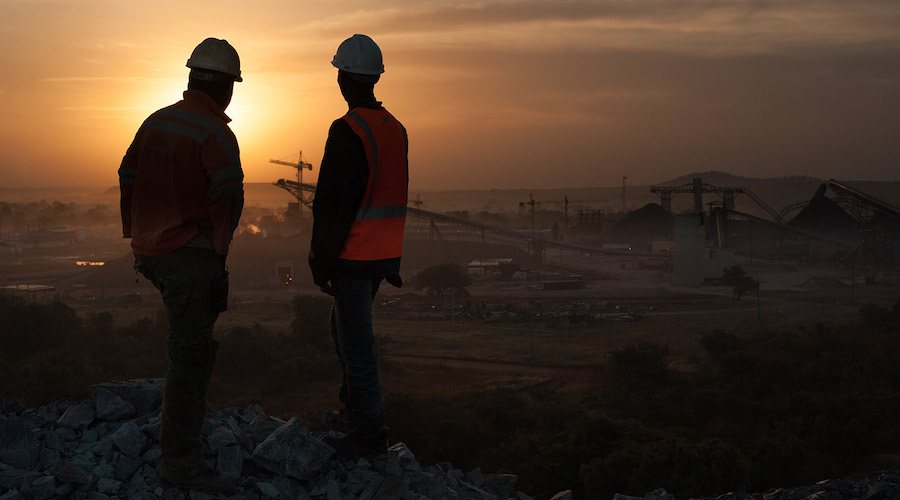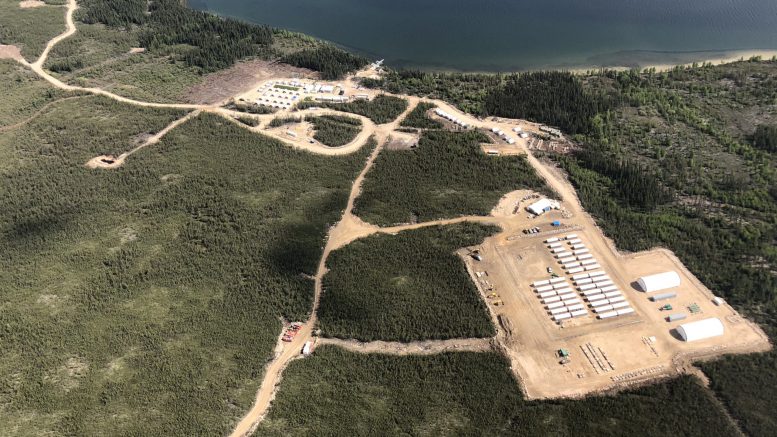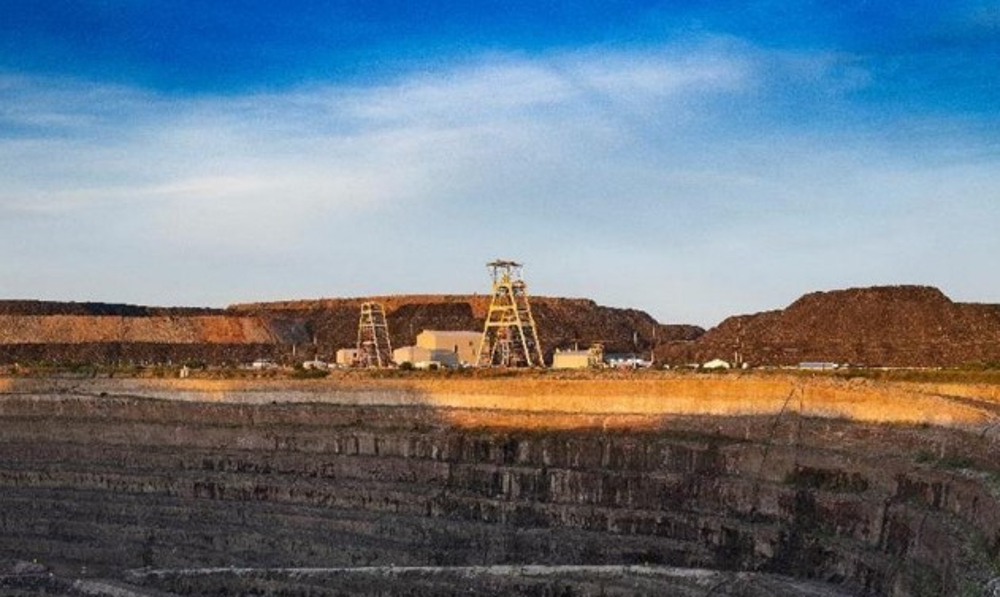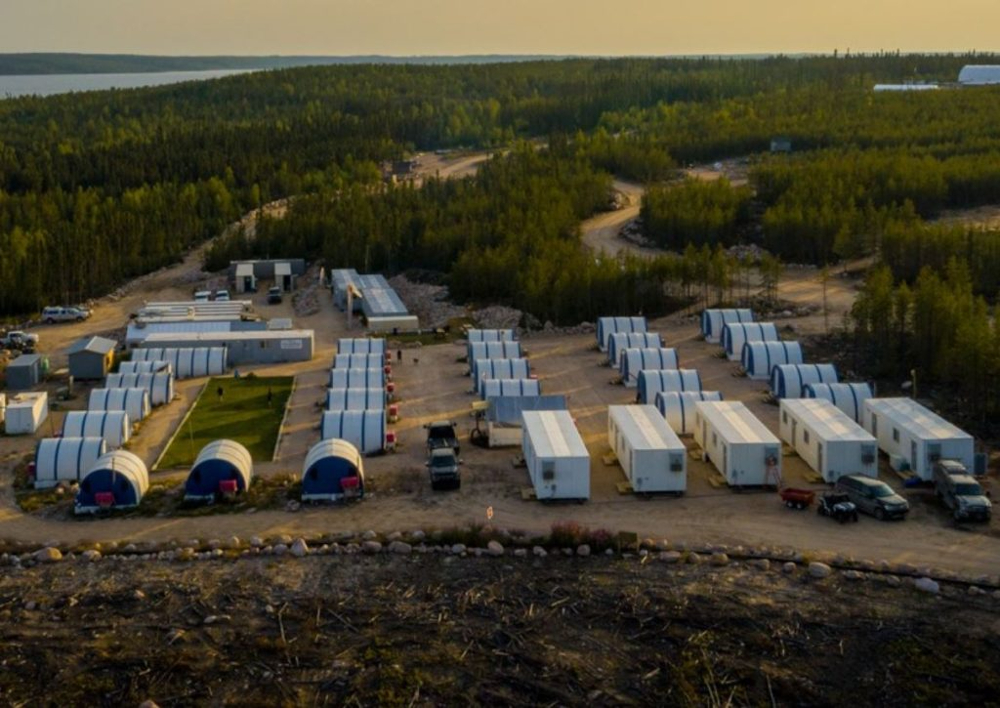The global uranium mining market in the 2010s took a hit from the Fukushima nuclear disaster in Japan in 2011 — which cut global uranium demand some 10% for many years — and the simultaneous ramping up of low-cost uranium production out of Kazakhstan that has transformed the country into the world’s largest uranium producer.
Thanks to the massive devaluation of the Kazakhstan tenge currency in 2014 and 2015, the country is also easily the lowest-cost producer in the world, with its in-situ recovery mines operated by Kazatomprom and Uranium One dominating the first two quartiles of uranium mining costs globally in 2018.
With Kremlin-backed Russian interests heavily influencing Kazatomprom and Uranium One, and the Russian government striking numerous nuclear-energy cooperation deals in developing countries across the globe, it couldn’t be clearer that the global nuclear fuel cycle is increasingly controlled by Russia, with all its geopolitical implications for the rest of this century.
Continue reading at The Northern Miner.





Comments